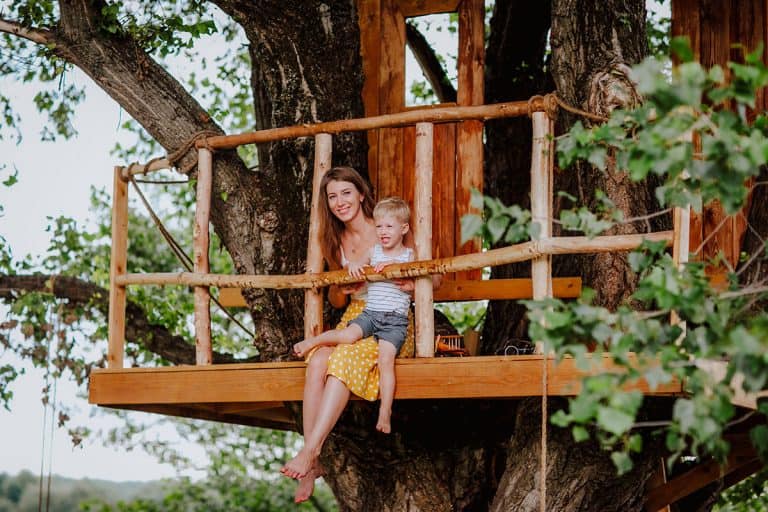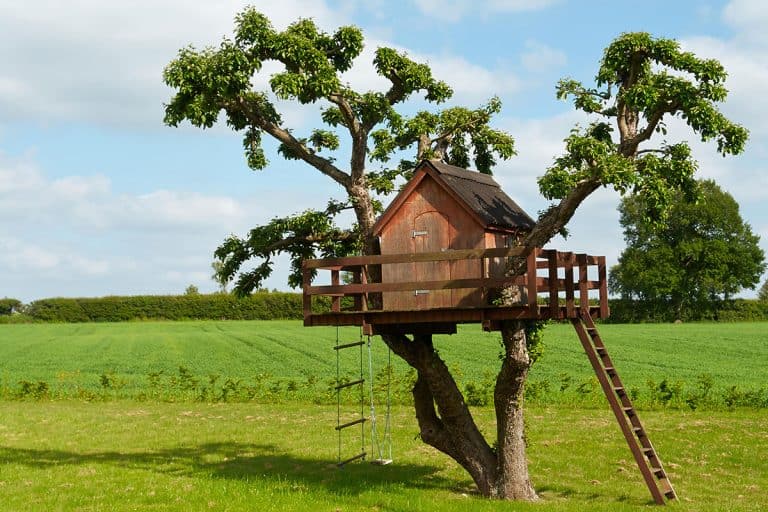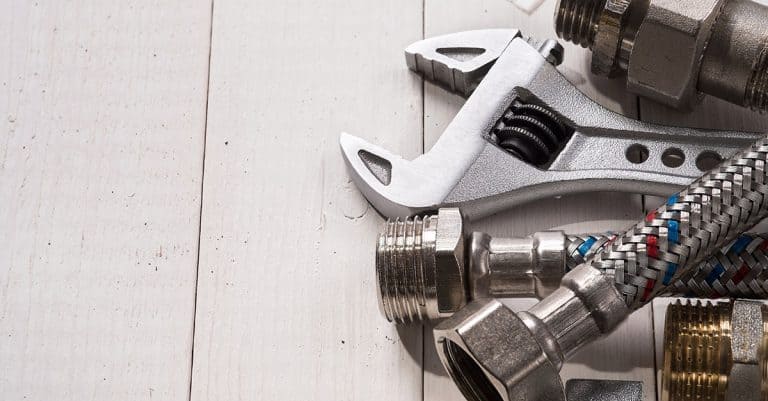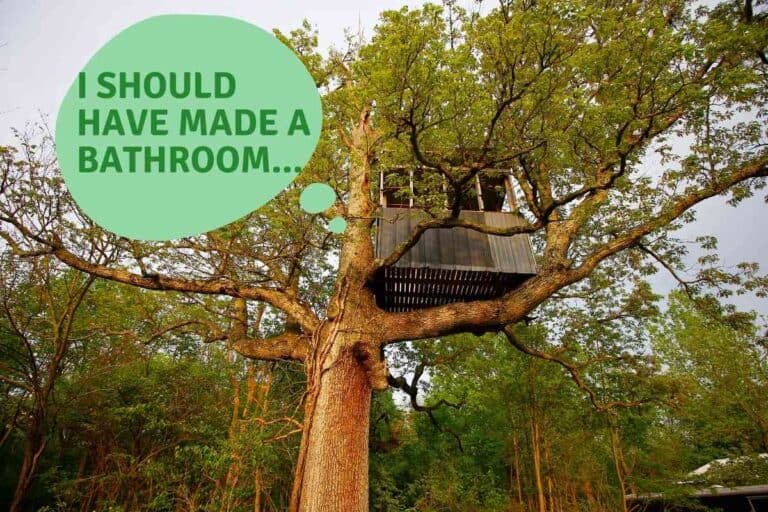Is It Legal to Build a Treehouse?
When I was little, my dad would build a treehouse for me in our backyard. We’d spend hours designing and building it together- cutting lumber to size, carrying boards down to the tree, and nailing it all into place. I’m not sure my dad knows it, but that was one of my most favorite times with him. When we were done, he formally declared “It’s all yours! Now you can do whatever you want with it!” And so I did.
Now that I have my own children I’ve thought about building a treehouse for them, but will I need a permit? Building a treehouse can be an exciting project for kids and adults alike, but it’s not always easy to know where you stand legally.
Treehouses are often seen as a child’s plaything, but they’re also popular among adults who want to escape the daily grind. But before you start building your dream treehouse, it’s important to understand the rules and regulations that govern them so you don’t end up in legal trouble or have angry neighbors.
The good news is that most people will not need permits.
Building a treehouse is legal and in most cases, you don’t need a building permit. However, if your treehouse has utilities and is intended for habitation, then you will need the same permits as any other home. Generally, you will have to follow a few rules: Keep it below 13 feet, 10 feet from the boundary line, and below 120 square feet.
To avoid trouble with the law or irate neighbors, I’ve done a little research into the laws that govern treehouses. This is what I’ve learned.
Is it legal to build a treehouse?
A treehouse is usually considered a detached accessory structure. I.E. a shed or a playhouse. As long as your treehouse doesn’t have utilities or is intended for habitation, you usually won’t need a building permit.
Building a small treehouse on private property is perfectly legal under most state laws unless there are local ordinances prohibiting it. Typically, that means your treehouse has to be smaller than 120 to 400 square feet and must be less than 13 feet tall. At least if you want to avoid the red tape involved in applying for permits.
Even 120 square feet of floor space is probably more than you need for most treehouses. However, the height limitations can be somewhat of a challenge due to it being lifted up in the trees. In most cases, this would be measured from the base of the tree and you should keep the roof of your treehouse below 13 feet to avoid trouble.
If you want to build a large treehouse intended for habitation, you will is most locations need a building permit. The same goes for installing utilities such as electricity and plumbing. And it’s advisable to hire professionals for this type of project.
How to Build Your Own Treehouse Legally?
If the planned treehouse is just a simple structure intended for play or handing out, then probably no permits will be required. In which case, it’s just a matter of building it safely and taking care to protect the tree.
Make sure the treehouse does not overhang public property (such as sidewalks or roads) and does not block sightlines for drivers or pedestrians. The treehouse should also be more than 10 feet from the property line. Finally, check that you are not building in a protected tree.
If you are in doubt or want to build a more substantial structure with utilities (such as electricity and plumbing), you’ll need to check with your local authorities for compliance requirements. And this is where building permits are usually mandatory.
Contractors and architects who build treehouses also need to be well-versed in local construction codes. And it’s not just about building them – you will probably need a structural engineer to sign off on the project.
If you are building a treehouse in an association-controlled neighborhood, such as a subdivision, then their HOA rules should also be followed. Check with your community first before proceeding with plans so you can avoid getting into trouble down the road.
Where Should My Treehouse Be Located?
As mentioned above, in most locations, your treehouse should also be at least 10 feet from the property line to avoid encroaching on adjacent lots or neighboring trees.
Besides the question of legality, there are also common-sense issues to consider. Is the treehouse in a place where it can be used and enjoyed by your children? Is there enough space for the treehouse and the tree it’s built-in? Is there a dangerous drop below the tree? Is there enough room for a door and a few windows?
You also need to be aware of how your treehouse could affect other people around you, including the owners of any adjoining property. It’s important that you don’t block their view or bother them in any way with your treehouse. What may be technically legal might not always be conducive to good relations between neighbors.
Often, you have limited options on where to put a treehouse. Perhaps you only have one suitable tree with branches strong enough to support your project. If this tree is not located in an area where it can be enjoyed, then you may have to get a bit more creative. Perhaps you can adapt the design to another tree, or you could add one or more additional support posts to give your treehouse more stability.
What Are the Safety Requirements for Treehouses?
Safety is of paramount concern when building a treehouse, especially because most treehouses are home to young children. Is your treehouse in a safe location? Should it be low enough to avoid fall injuries or perhaps high enough off the ground so that young children can’t climb up on their own?
Be aware of all safety hazards when constructing your treehouse, including external factors such as power lines.
The main safety consideration with a treehouse is the stability of the structure and whether it will withstand strong winds and heavy rainfalls (or snowfalls during winter). Your treehouse should be well-anchored and designed to reduce the risk of falling.
It’s also important that your ladder for climbing up to the treehouse is attached securely – or even better, part of your design. A simple rope ladder is fun and cheap to make but also less sturdy.
Protecting the base of your support trees from rot and damage due to construction activities is also very important.
Although many people romanticize about having a treehouse in their backyard, the truth is that you should only build one if you have suitable trees. Treehouses require very healthy and sturdy trees with thick trunks and branches. Comparatively brittle trees (such as willow or poplar) may not be suitable for your purposes. One of the best trees to use is a sturdy oak.
The age of your children should also be considered. Treehouses are fun, but they can also be dangerous for very young children. It’s important to make sure kids under five years old don’t use the treehouse without supervision.
I suggest you build the treehouse relatively low to the ground so that children can’t fall from it. If a toddler falls more than three feet, they need to go to the emergency room. The same goes for older children if they fall more than five feet. Adults can usually sustain a 10-feet fall without need of medical attention.
Finally, you should check the treehouse from time to time to ensure the floor and supports and are not getting damaged or decaying. If this is happening, you may need to give them an additional layer of protection or replace them.
In Summary
Is a Treehouse legal? That depends on the size, location, and type of treehouse. Is it for habitation or just as an accessory to your yard? Is it in a protected area such as near power lines or close to other buildings or property lines?
The answer is different depending on where you live and what regulations apply there. It’s best to check with local authorities about legality before starting any larger project so that you don’t find yourself in trouble later down the road.
Safety should always come first when building any structure – especially one intended for children who are (even) more vulnerable than adults to falls from heights. Be sure not only to follow the legal requirements but also your own best judgment.



![How Do Treehouses Stay Up? [The Unobvious Answer!]](https://freedomresidence.com/wp-content/uploads/2022/05/How-Do-Treehouses-Stay-Up-1-768x512.jpg)

![Are Treehouses Dangerous? [How To Avoid Injuries!]](https://freedomresidence.com/wp-content/uploads/2022/05/Are-Tree-Houses-Dangerous-768x512.jpg)
